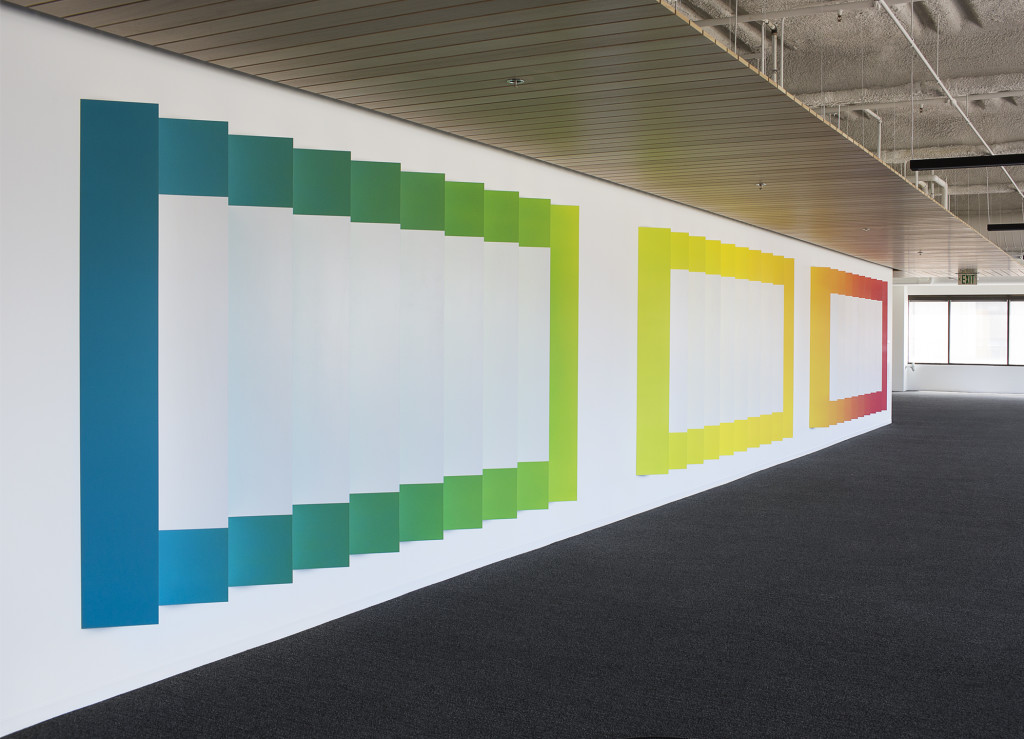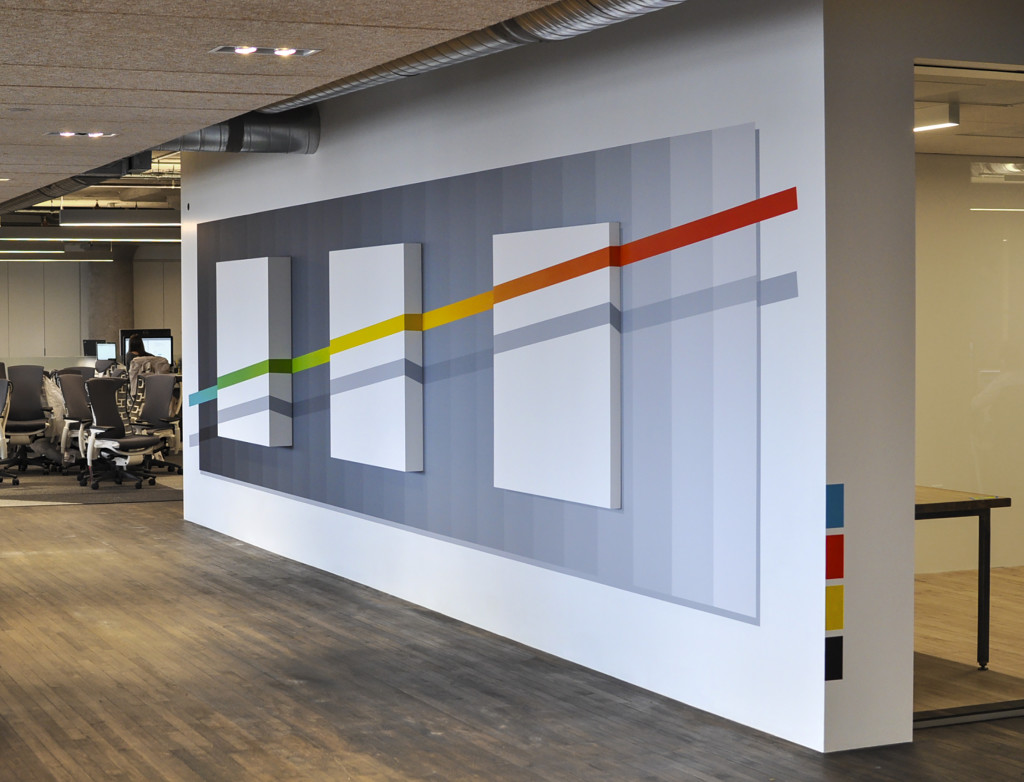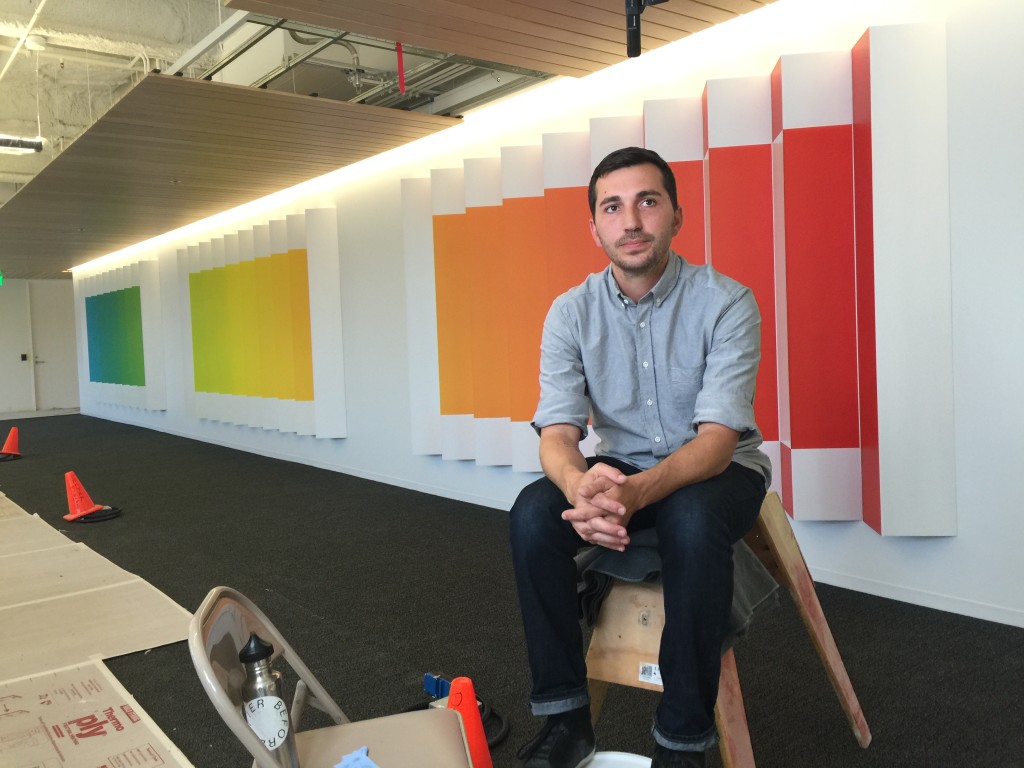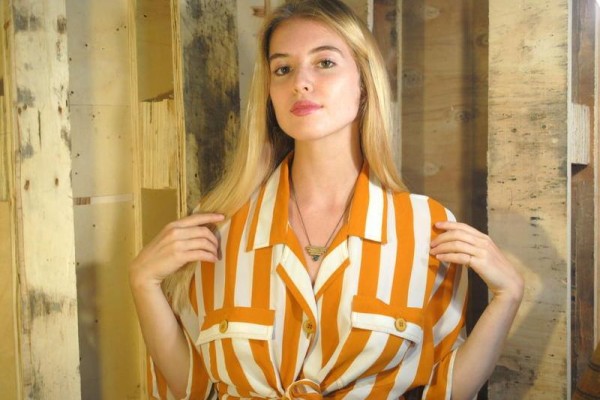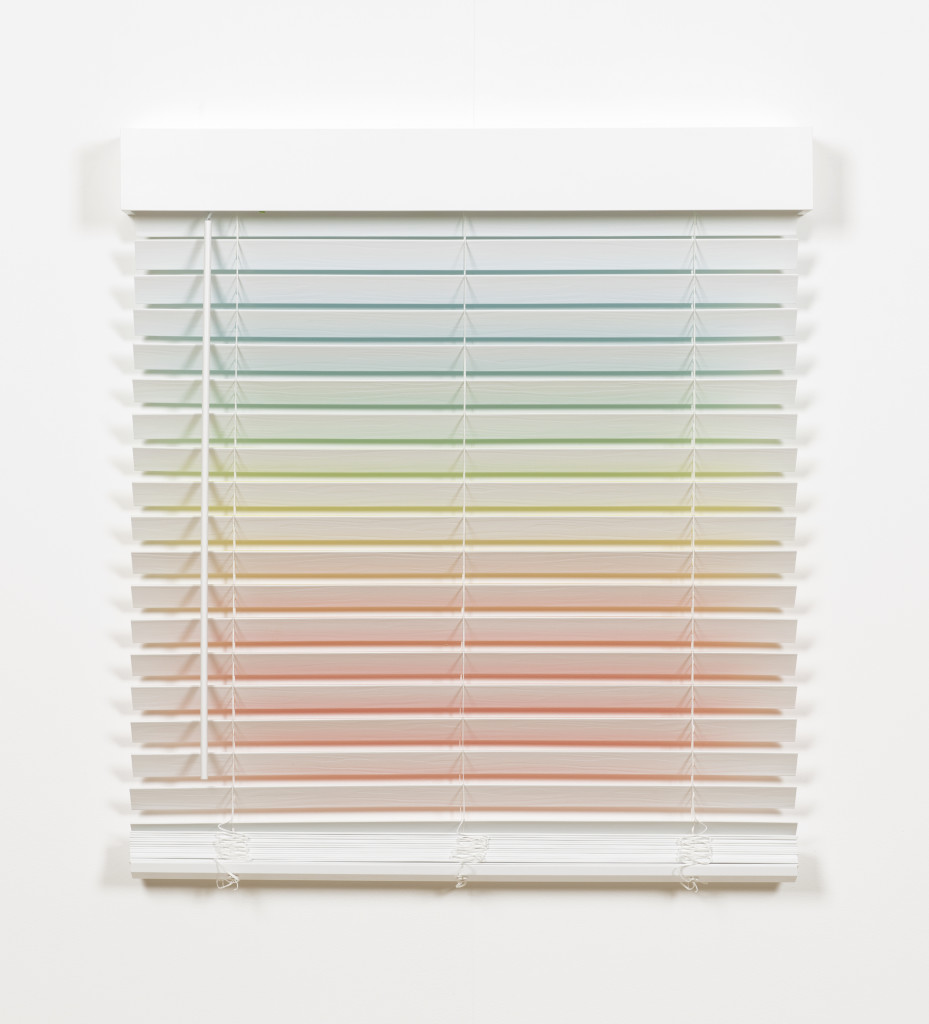 Atlanta native Christopher Derek Bruno began his art career as a young teen, spending late nights decorating freight train doors and bridges with spray paint. Always a creator, Bruno transitioned easily from graffiti-painting youth to industrial and furniture design student. After graduating, he moved to Portland, where a life creating unsustainable products caused an internal struggle. Eventually, Bruno found himself back in Atlanta, where he vowed to push himself to learn about life and perception, creating non-functional pieces with with a scientific approach.
Atlanta native Christopher Derek Bruno began his art career as a young teen, spending late nights decorating freight train doors and bridges with spray paint. Always a creator, Bruno transitioned easily from graffiti-painting youth to industrial and furniture design student. After graduating, he moved to Portland, where a life creating unsustainable products caused an internal struggle. Eventually, Bruno found himself back in Atlanta, where he vowed to push himself to learn about life and perception, creating non-functional pieces with with a scientific approach.
His website best describes his intent—“to explore the cognitive visual experience using (but not limited to) a set of zero-dimensional points bound by 1-dimensional lines, combined to make 2-D planes, organized into 3-D forms, applied to objects with the express purpose of creating a 4-D relationship with the observer.” His art has been displayed all over the U.S. and internationally; each piece made to inspire an investigation of perspective. Minimal color spectrums play a constant, while the viewer explores space and relative awareness.
We chatted with Bruno about his creative process, upcoming projects, and love for OutKast.
CommonCreativ: When you’re designing and creating your work, do you consider the point from which the viewer is seeing the piece?
CB: Always; the viewer is the most important component to the work. Perception of the object/image has been a fundamental aspect of exploration for me in the past four years. The way our brains unpack the massive amount of visual stimuli (in the form of images) to construct a perception of our physical surroundings is a massively interesting subject for me. I think this interest, a background in 3-D design and my desire to have a-time based interaction with the viewer is what has shaped my line of study thus far.
CC: Perception plays a big role in your art—tell us about your creative process,
CB: I’m currently at a crossroads with this exact question. Up until very recently I’ve been using a process rooted in the scientific method: Question, research, hypothesis, experiment, conclusion, refine, then return to start. By using 3-D modeling software along with other CAD programs to iterate, I’ve been able to physically produce some of the more interesting experiments.
While I remain heavily invested in this type of linear experimentation, many more questions have been raised along the way; each requiring a different approach and techniques to assess their merit. I’m pretty stoked on breaking form for a little bit to play around with new material and concepts in efforts of furthering the work. It’s also a bunch of fun to make scale models of installations far beyond any budget imaginable.
CC: You often use primary colors in your work. Can you speak to the simplicity of color within your pieces?
CB: When I originally set out to develop a concept statement to guide my work, it became clear that it was going to take a pretty scientific approach filled with iterations and prototypes (also common in design thinking) to truly understand what I was looking to investigate. Eliminating variables of color was the most logistical means to experiment. Just as my interest rested on the basis of our perception, the primary set forms the base for all pigments. As my understanding changes and the experiments shift, the primary set has been a very steady friend.
CC: You’ve done some temporary pieces in nature. How do you go about choosing the spot and the conception for these?
CB: Behind the series of temporary installations is honestly just a desire to explore new and beautiful places in world outside of the gallery or my studio. It’s rare that any of the work actually improves upon the naturally existing beauty of the location. Long walks with a set of pre-fabricated components generally end up with tens to hundreds of iterative attempts at an image. iIt’s fun to play around with the difference of the organic environment against the straight lines of a human made object.
CC: How have your backgrounds in graffiti and industrial design influenced your current work?
CB: Some of the most fun and creative instances of my life have been sketching, walking and painting on things with my friends Ben Niznik and Drew Tyndell. At its root, graffiti is a study of letters—proportion, form, transitions, positive and negative shapes, line and composition. After 10 years of trying to paint letters that fit a style or archetype, it was the first place in my life where I felt a confidence in breaking the formal rules (with Drew and Ben in a team). Another great influence is the satisfaction of painting on a scale much larger than any canvas that could be purchased in an accelerated period of time. With freight, you have a couple hours in the night to paint something 10 feet by 60 feet if you’re lucky, then it travels around the country on wheels. If nothing else, graffiti will teach you lessons in just how temporary our efforts and effects are, and to hold nothing you make as sacred.
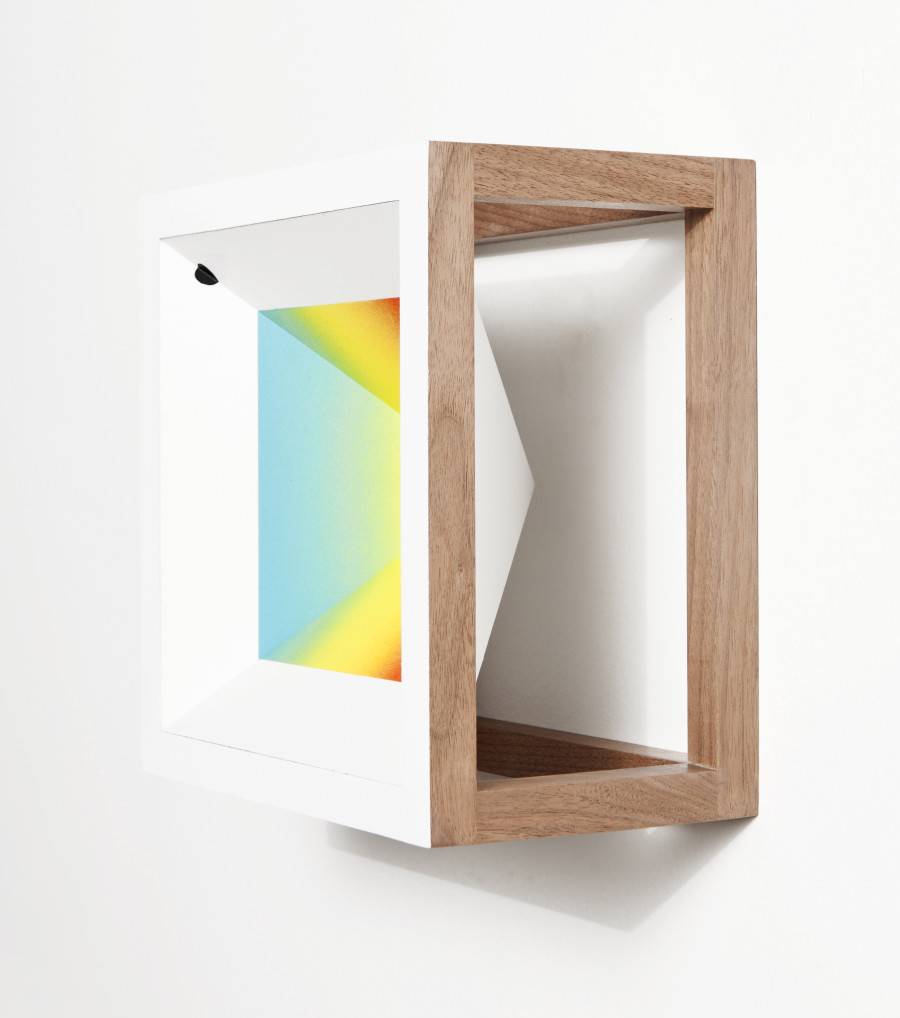 Industrial design continues to teach me new means of approaching a problem. Just as graffiti is letters; design is problem solving. Thinking about the user, developing personas and attending to the opportunities that their needs present can be a really empathetic process. It’s my intent to apply this same approach to the concept of the viewer. ID is also where sketches turn into objects over several attempts and variations, a practice I use to help in refining and producing the nonfunctional objects that have become the bulk of my work.
Industrial design continues to teach me new means of approaching a problem. Just as graffiti is letters; design is problem solving. Thinking about the user, developing personas and attending to the opportunities that their needs present can be a really empathetic process. It’s my intent to apply this same approach to the concept of the viewer. ID is also where sketches turn into objects over several attempts and variations, a practice I use to help in refining and producing the nonfunctional objects that have become the bulk of my work.
CC: What are your thoughts on the city’s art scene?
CB: One hard part about being creative in this city is that there is no definite/nuclear visual arts district, or a regular art walk. It feels that the galleries, venues and cultural centers are as disparate as the residents of the city. Because of this, it seems like instead of a greater art community that looks after itself, we have several pockets at odds with each other over funding, media attention and attendance. Like most things here, it generally requires driving more than half an hour to attend more than one thing in a night, which is asking a lot from a city that seems to have more restaurant openings than gallery exhibitions.
On the other side, rent and studio space is still reasonable by comparison to other cities. Even in the short time I’ve been back, there seems to be the beginnings of truly cooperative spaces emerging. Burnaway is one of the best artist resources I’ve ever found in any city or region. There are definitely people that care here.
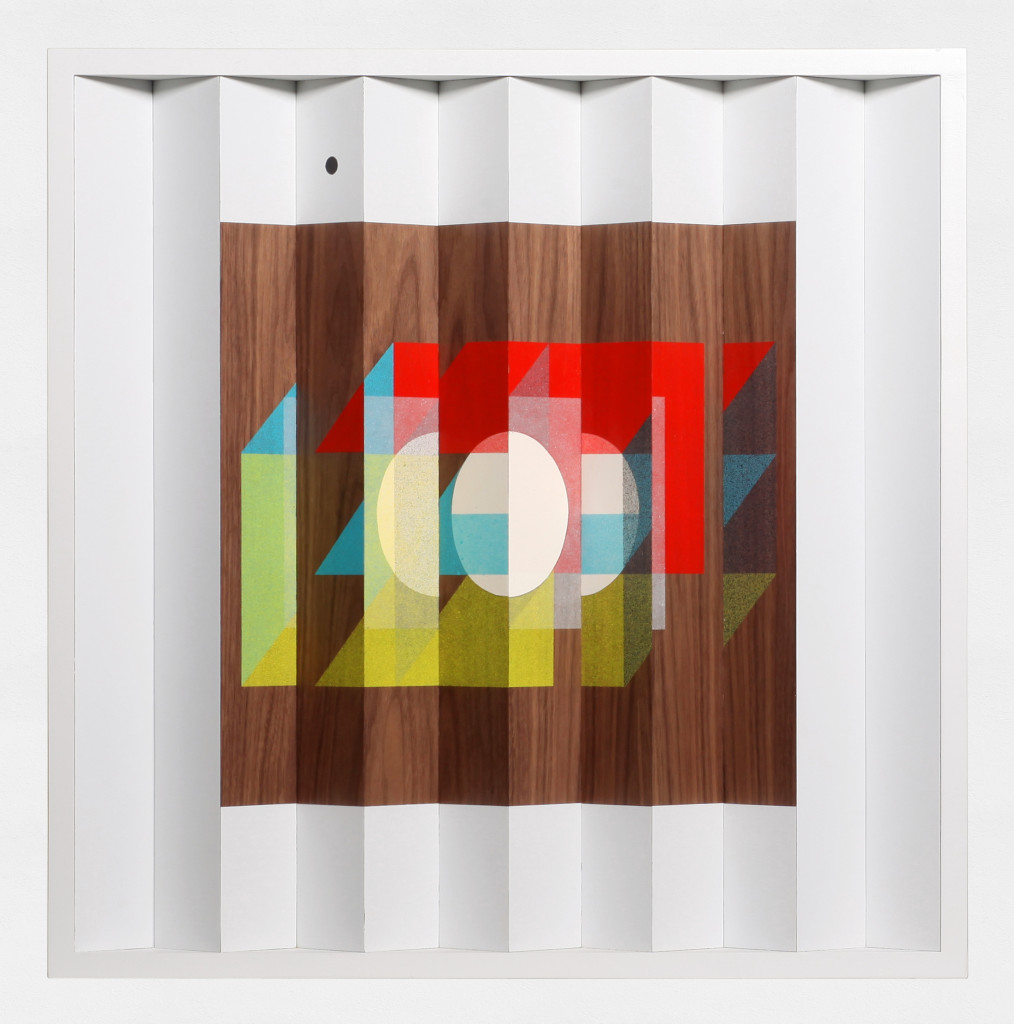 CC: Do you have a favorite Atlanta artist or project?
CC: Do you have a favorite Atlanta artist or project?
CB: OutKast, Goodie Mob and Dungeon Family: Hometown heroes for life.
CC: What’s next for you?
CB: Moving into a new studio, working on a new set of prototypes and making some furniture to take a break from too much time in the A.R.T. mind space. Maybe I’ll take some pieces of machined wood to the woods when it starts to warm up.
CC: What are you currently listening to, reading or watching to get inspired?
CB: A lot of Philip Glass during thinking and drawing times and Drexciya [when it’s] time to work hard. I just burned through four Albert Camus works—they each need to be read a few more time to be properly digested. I’m currently halfway through The Iliad, in preparation of re-reading The Odyssey. I think I missed out on some of its better points in high school. I’m also watching Painters Painting and Bob Ross for my lunch breaks.
You can see more of Christopher’s work on his portfolio.

